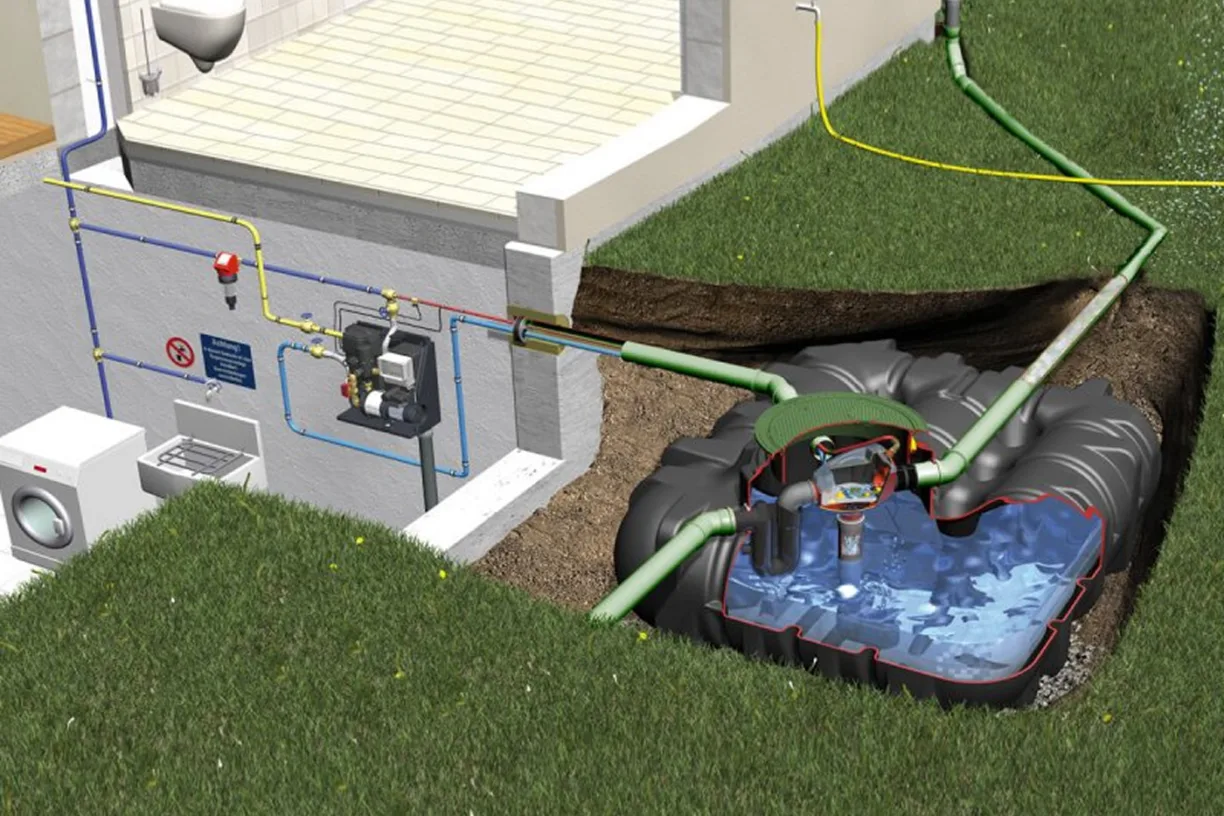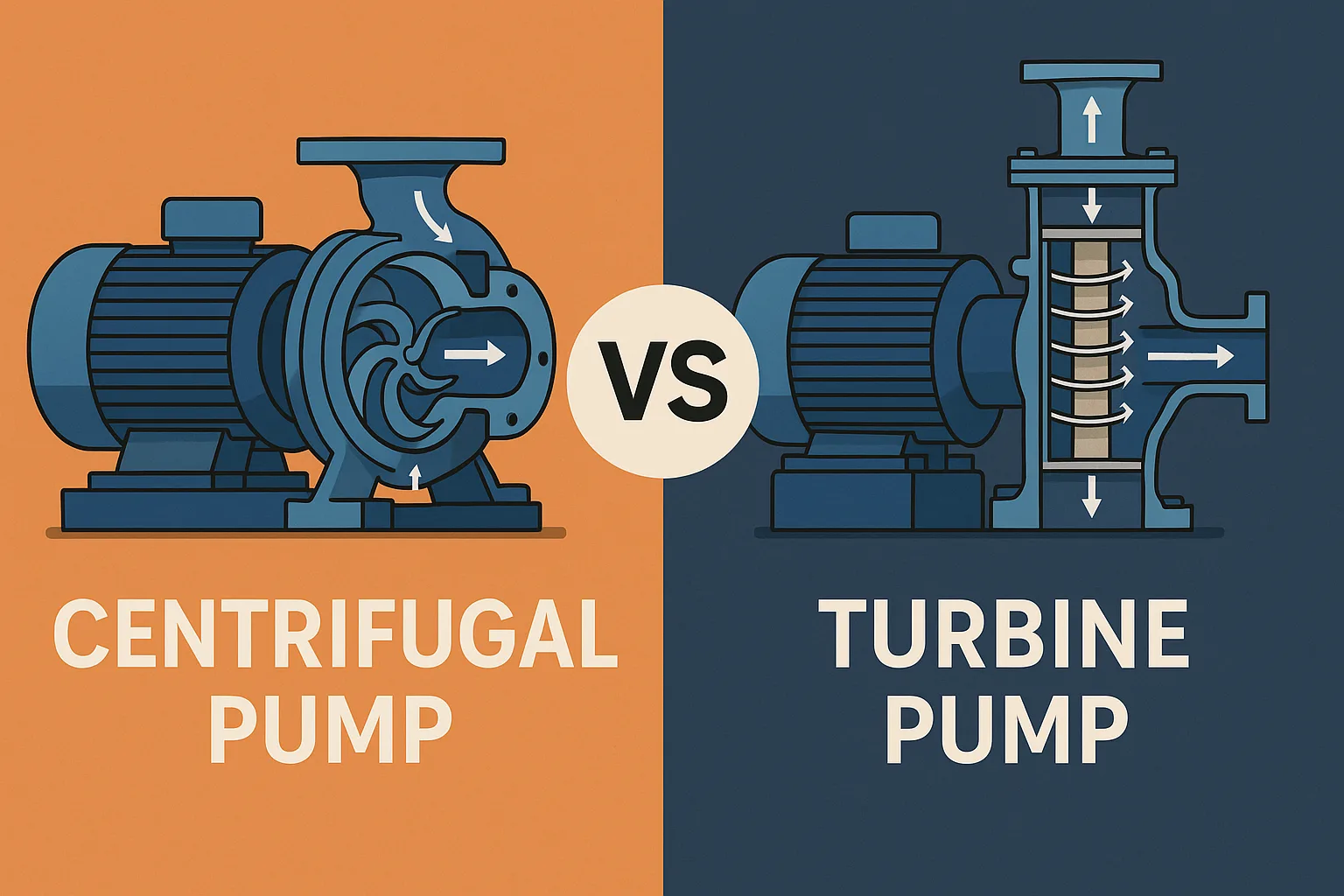Rainwater Harvesting Systems: From Collection to Filtration

How does a rainwater harvesting system work? It’s a straightforward process: rainwater is first collected, then directed through the gutters into a storage tank, where it’s filtered and reused. Based on our years of hands-on experience with rainwater harvesting, we’ll give you clear answers to all the key questions and the related ones. And you can find all the key pump components and extras you might need to build and maintain your system right here in our online store.
What Is a Rainwater Harvesting System?
What is a rainwater harvesting system? It provides an alternative water supply, reducing the demand for traditional water sources and infrastructure. Collecting rainwater helps to avoid a load on stormwater drains, lowers the chance of local flooding and drainage overflow, and is good for the environment. It allows you to cut down bills to save up to 40–50% on your water costs with Stormwater Pump Systems.
How Does a Rainwater Harvesting System Work?
How does a rainwater harvesting system work? It’s a straightforward process: rainwater is first collected, then directed through the gutters into a storage tank, where it’s filtered and reused. Typical home rainwater systems include a roof, gutters, a storage tank, filters, and a pump. They’re simple, practical, and designed to run with minimal maintenance.

The Four Main Components of a Rainwater Harvesting System
What are the four main components of a rainwater harvesting system?
They are:
- Catchment surface (roof, awning, or greenhouse covering)
- Gutter system (gutters and vertical downpipes engineered to channel rainwater into the storage tank)
- Storage tank (the capacity depends on household water needs and the rainwater collection potential)
- Filtration (mesh screens, additional filters, UV lamp for removing debris, sediments, and contaminants for better water quality)
Choosing the Best Rainwater Filter System
The best rainwater filter system provides the right water quality while keeping costs and maintenance efforts reasonable.
Consider several key factors:
- Water quality requirements. Decide on the quality you need based on its use.
- Ease of maintenance. (The more complex the system, the more time and costs it needs.)
- Budget and technology availability. (The optimal system should align with your requirements while maintaining efficiency and cost-effectiveness.)
Our website offers rainwater filtration solutions — from simple gutter attachments to fully integrated turnkey systems.

DIY Guide: How to Build a Rainwater Filtration System
How to build a rainwater filtration system for efficient water collection? Follow these steps:
1. Design the whole system. Think of water usage and the quantity you need, and learn the average rainfall in your area.
2. Inspect and prepare the roof and gutter system.
3. Choose a suitable tank for water storage and install it on a level, solid base. Remember that large tanks require more preparation and a stable platform or a concrete slab.
4. Connect all the pipes and secure the water inlet to the tank properly.
5. Set up the overflow by attaching the pipe to the top of the tank and directing it away from the house foundation.
6. Install the filtration system. If needed, consult with experts to choose the right filters for your intended use.
7. Install the pump. If you need water pressure, select a suitable jet pump based on the water volume and quality.
8. Test the system. Make sure the water flows smoothly from the gutters into the tank, and check for leaks.
Common mistakes you need to avoid:
- Incorrect sizing: small tanks or narrow pipes can`t handle the volume of rainwater.
- Poor-quality materials: low-cost pumps or components can fail quickly, leading to leaks.
- Insufficient overflow handling: excess water can escape through the lid or connection points when the tank reaches capacity.
- Bad maintenance: When pre-filters are clogged with leaves, the first flush diverter can fill with dirt, and filter cartridges can become blocked, allowing dirty water to pass through without regular cleaning.

Final Thoughts
Rainwater harvesting systems have shown their value across plenty of Aussie regions, especially where water is in high demand. The right setup, quality components, and proper installation will give you a reliable water supply for household use — with low ongoing costs and a strong environmental benefit for years to come. Start exploring smart, sustainable solutions today, and remember: our online store streamlinepumpsolutions.com.au has everything you need to build a system that suits your home perfectly — including top-quality jet pumps for reliable water flow and Rain to Mains Systems.
Articles you may be interested in


